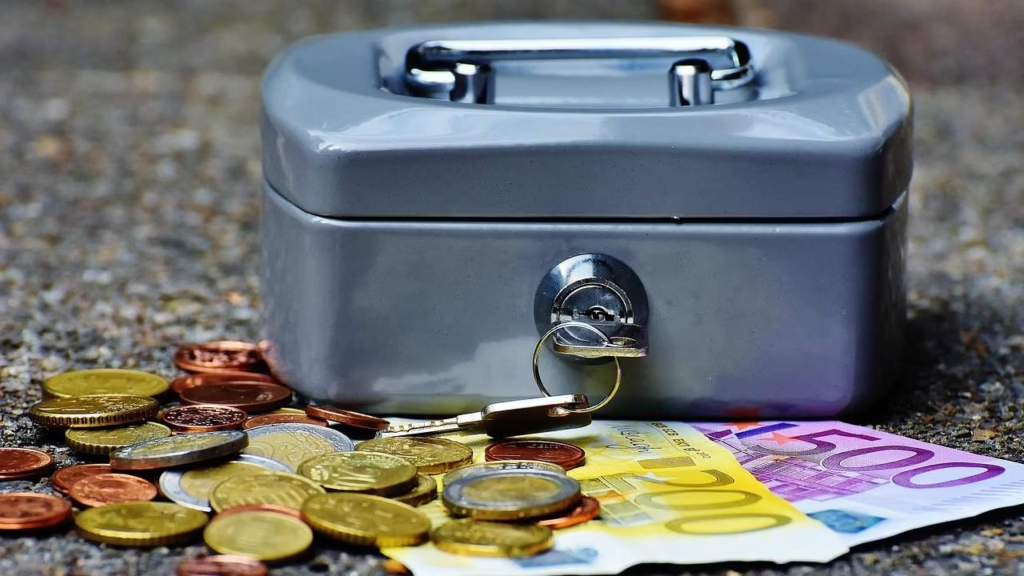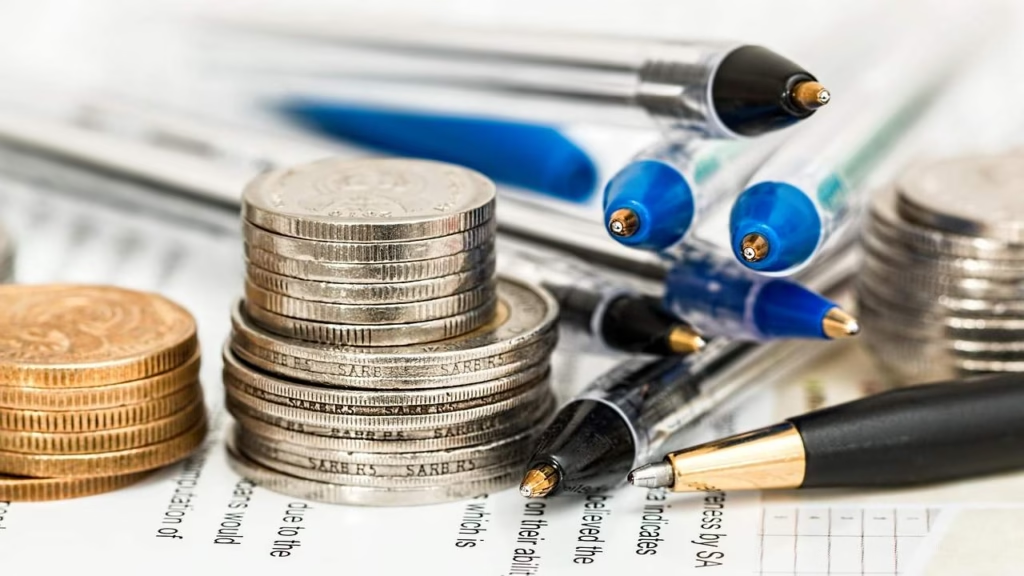Use an investment withdrawal calculator to compare returns and withdrawal strategies. Data-driven insights and 2024–25 research to help you plan.
Table of Contents
Want to know if your savings will last through retirement? You are not alone. Many folks worry about this. The good news is: you can find out with a simple tool. This post will show you how. Let’s make this clear and easy.
Why This Matters to You
Your money must last as long as you do. This is key for peace of mind. You worked hard for your savings. You want to enjoy them without fear.
A simple tool can show how long your money will last. It tests many cases for you. You can see what might happen. Then you can make smart choices.
You can try this tool at our main page. It’s free and easy to use.
Key Points to Remember
- Small changes in returns change results a lot. A little more return can make your money last decades longer.
- The “4% rule” is a start point. It is not right for everyone.
- Bad market years early on can hurt your plan. Timing matters a lot.
- Use a good tool to test many cases. See how fees, taxes, and spending affect you.
What Is a Money Last Calculator?
This tool shows how long your savings will last. You put in your savings amount. You add how much you take out each month. You add what return you expect. The tool does the math.
It is for:
- People planning to retire
- Those managing emergency cash
- People changing jobs
- Anyone with savings goals
This tool helps you:
- Plan your spending
- Test what if cases
- Make better choices
- See your balance go down over time
The Old 4% Rule: What Changed
The 4% rule says take 4% of your savings in year one. Then take that same amount each year, adjusted for prices going up.
This rule was made for a 30-year plan. It used old market data. Times have changed. Returns are not what they were.
New research says:
- The 4% rule is a start, not a set rule
- Your personal case matters more
- Flexibility is key to success
Today’s market outlook is different. Bond yields are higher. Stock prices have changed. Use current data in your tool. This gives better results.
What Data Says Today
Three numbers matter most:
Inflation
Prices going up eat into your buying power. In 2024, prices went up about 3%. Your real return is what counts. Real return is your gain minus price hikes.
Expected Returns
Experts now think returns will be different from the 2010s. Back then, returns were low. Now they expect more from stocks and bonds. Use these new numbers in your tool.
Sequence Risk
Two people can have the same average return. But if one has bad years first, they run out of money. Why? Because they must sell assets at low prices.
This is the biggest risk for those in retirement. A good tool will test this risk for you.
Simple Tests You Can Run
I ran easy tests to show how things work. They are not complex models. They show the basic math.
I used:
- $1,000,000 to start
- Same starting withdrawal rate
- Different returns after price hikes
- Ran year by year
Here is what I found:
- At 4% withdrawal, a 3% real return runs out in 20 years. A 5% real return lasts over 60 years.
- Taking out 5% or 6% makes your money last much less time.
- A small change in return can add or lose decades.
This shows the main point: if you take out more than you make, you run out. If you make more than you take, you grow. Test many cases to be safe.
Sequence Risk: A Real Example
Two people start with $1,000,000. Both take out 4% at first. Both get 5% average return over 10 years. But one has bad years first. The other has good years first.
The one with bad years first runs out much sooner. Why? They had to sell when prices were low.
This is why timing matters so much. Test many market cases in your tool. If bad early years hurt your plan, make changes. You can:
- Take out less at first
- Keep cash on hand for 2-3 years
- Adjust spending when markets fall
Better Ways to Take Money Out
Not all withdrawal plans work the same. Try these in your tool:
Fixed Amount
- Take same dollar amount each year (plus price hikes)
- Good: You know what you will get
- Bad: Hard times can hurt you
Percent of Balance
- Take same percent each year
- Good: Self-adjusts to market
- Bad: Spending can jump around
Adjust as Needed
- Change spending if your balance moves too much
- Good: Balances lifestyle and safety
- Bad: Needs discipline
Cash Buffer
- Keep 2-3 years of spending in cash
- Invest the rest for growth
- Good: Lowers risk of selling low
- Bad: Cash earns less
Mix with Annuity
- Use part of savings to buy steady income
- Manage the rest for extra spending
- Good: No worry about living too long
- Bad: Less cash on hand
How to Set Up Your Test Right
Your tool is only as good as your inputs. Follow this checklist:
- Use real returns (after price hikes) or add inflation
- Do not forget fees and taxes. They add up over time
- Test many market cases. See how often your plan works
- Use new return estimates, not old data
- Be careful if you retire early or have high costs
Try These Cases in Your Tool
Test these to see what works for you:
- Base case: $1M, 60% stocks, 40% bonds, 4% start, 2.5% inflation, 3% return
- Bad case: Same, but 1% return
- Good case: Same, but 5% return
- Bad timing: Start with big market drop, then average returns
- Buffer plan: Keep 3 years in cash, adjust spending in bad times
Simple Tips for Success
- Treat 4% as a start, not a rule. Make it fit your case.
- If retiring early, take out less at first or mix in steady income.
- Keep 2-5 years of spending in safe assets. This lowers risk.
- Check your plan each year. Market views change.
What to Do Now
Start with a good tool. Put in your real numbers. Test many cases. See what might happen.
If your plan fails in many cases, make changes. Take out less. Keep more cash. Or add steady income.
You can try our easy tool at this link. It helps you test your plan in minutes.
Final Thought
Money lasts when you plan right. Be real about returns. Mind the price hikes. Keep fees low. Be ready to change your spending.
Your future self will thank you. You worked hard for your money. Make it last. Start testing today. You have nothing to lose but worry.

























